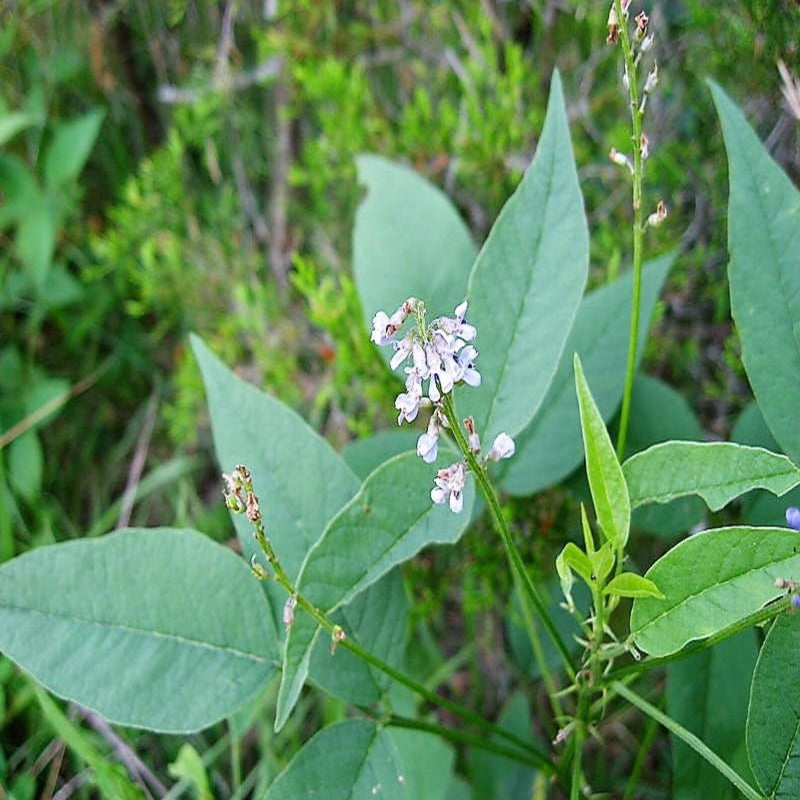- Historical context: Sanfoin (Onobrychis viciifolia) is an ancient forage crop that has been cultivated for centuries, particularly in Europe and Asia. It was highly valued in the Middle Ages for its ability to improve soil fertility and provide high-quality forage for livestock.
- Geographical origination: Sanfoin is believed to have originated in the regions of the Mediterranean and Central Asia.
- Relevant cultural significance: Sanfoin has been a staple in traditional farming systems, especially in Europe, where it was often used in crop rotations to enhance soil health.
- Time period of discovery: Sanfoin has been known and utilized since ancient times, with documented use dating back to the Roman Empire.
- Original habitat: Sanfoin naturally grows in dry, calcareous soils and is well-adapted to semi-arid climates.
- Notable historical uses: Historically, sanfoin was used as a forage crop for livestock, particularly for horses and cattle, due to its high nutritional value and palatability.
- Ideal temperature range: Sanfoin thrives in temperatures ranging from 15°C to 25°C (59°F to 77°F).
- Soil type: It prefers well-drained, calcareous soils with a pH between 6.5 and 8.0.
- Sunlight requirements: Sanfoin requires full sunlight for optimal growth.
- Watering needs: Sanfoin is drought-tolerant and requires moderate watering. Overwatering can lead to root rot.
- Planting season: The best time to plant sanfoin is in the spring or early fall.
- Germination time: Sanfoin seeds typically germinate within 7 to 14 days under optimal conditions.
- Growth cycle duration: Sanfoin has a perennial growth cycle, with plants typically lasting for several years.
- Common pests and diseases: Sanfoin is relatively resistant to pests and diseases, but it can occasionally be affected by root rot and aphids.
- Companion planting advice: Sanfoin can be effectively grown alongside other legumes and grasses, such as alfalfa and timothy grass.
- Common challenges and solutions: One common challenge is poor soil drainage, which can be mitigated by ensuring the soil is well-drained and avoiding overwatering.
- Nutritional values: Sanfoin is rich in protein, fiber, and essential minerals, making it an excellent forage crop for livestock.
- Health benefits: For livestock, sanfoin provides high-quality nutrition that supports growth and health. It is also known to reduce bloat in ruminants.
- Culinary uses: Sanfoin is primarily used as a forage crop and is not commonly used in human cuisine.
- Medicinal uses: Sanfoin has been traditionally used in herbal medicine to treat digestive issues and as a diuretic.
- Other unique advantages: Sanfoin is known for its ability to fix nitrogen in the soil, improving soil fertility and reducing the need for synthetic fertilizers. It also has a deep root system that helps in soil stabilization and erosion control.




